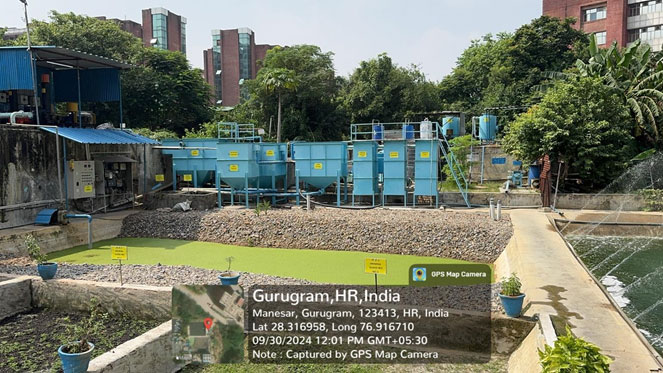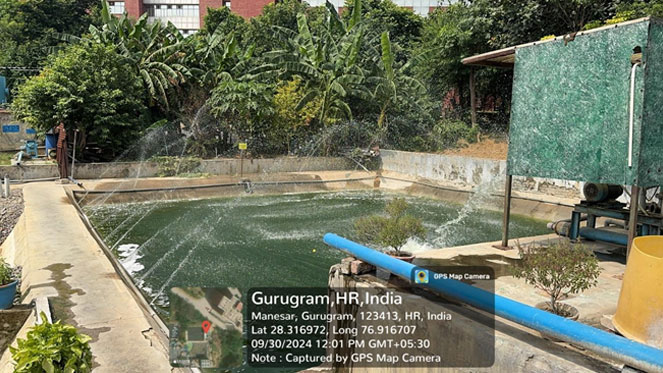Wastewater Treatment
Amity University Haryana has a focus on sustainable practices, including wastewater treatment as part of its environmental management initiatives. The university often employs various technologies for wastewater treatment, which may include biological treatments, filtration systems, and advanced oxidation processes.
These systems help in treating and recycling water, ensuring that the campus adheres to environmental regulations and promotes resource conservation. Additionally, students may engage in research projects related to wastewater treatment, exploring innovative solutions and technologies.
1. Types of Wastewaters:
- Drainage water: This likely includes wastewater from sinks, showers, and other sources that do not contain hazardous chemicals.
- Effluent water from laboratories, laundries, and cafeterias: This type of wastewater may contain more contaminants and chemicals due to its source.
2. Wastewater Treatment:
- Sewage Treatment Plants (STPs): These are designed to treat sewage and other types of wastewaters, typically from residential and industrial sources. In this context, they are likely used to treat drainage water and possibly other wastewater streams.
- Effluent Treatment Plants (ETPs): ETPs are specifically designed to treat industrial effluents, which can contain various pollutants and chemicals. In this case, ETPs are used to treat wastewater from laboratories, laundries, and cafeterias.
3. Water Reuse:
- The treated water from the STPs and ETPs is reused in various areas, including horticulture, farm irrigation, and toilet flushing. This is a sustainable practice that reduces the demand for fresh water and minimizes environmental impact.
4. Capacity:
- The combined daily capacity of the STP is 9 lac litres (assuming "lac" represents 100,000, this would be 900,000 litres or 900 cubic meters).
- The ETP has a daily capacity of 50,000 litres (or 50 cubic meters).
These initiatives not only promote water conservation but also contribute to reducing the environmental footprint of the campus. It's important to continue monitoring and maintaining these systems to ensure their effectiveness and long-term sustainability.
WATER TREATMENT PLANTS AT AUH




© 2021 Amity University Gurugram. All Rights Reserved.
